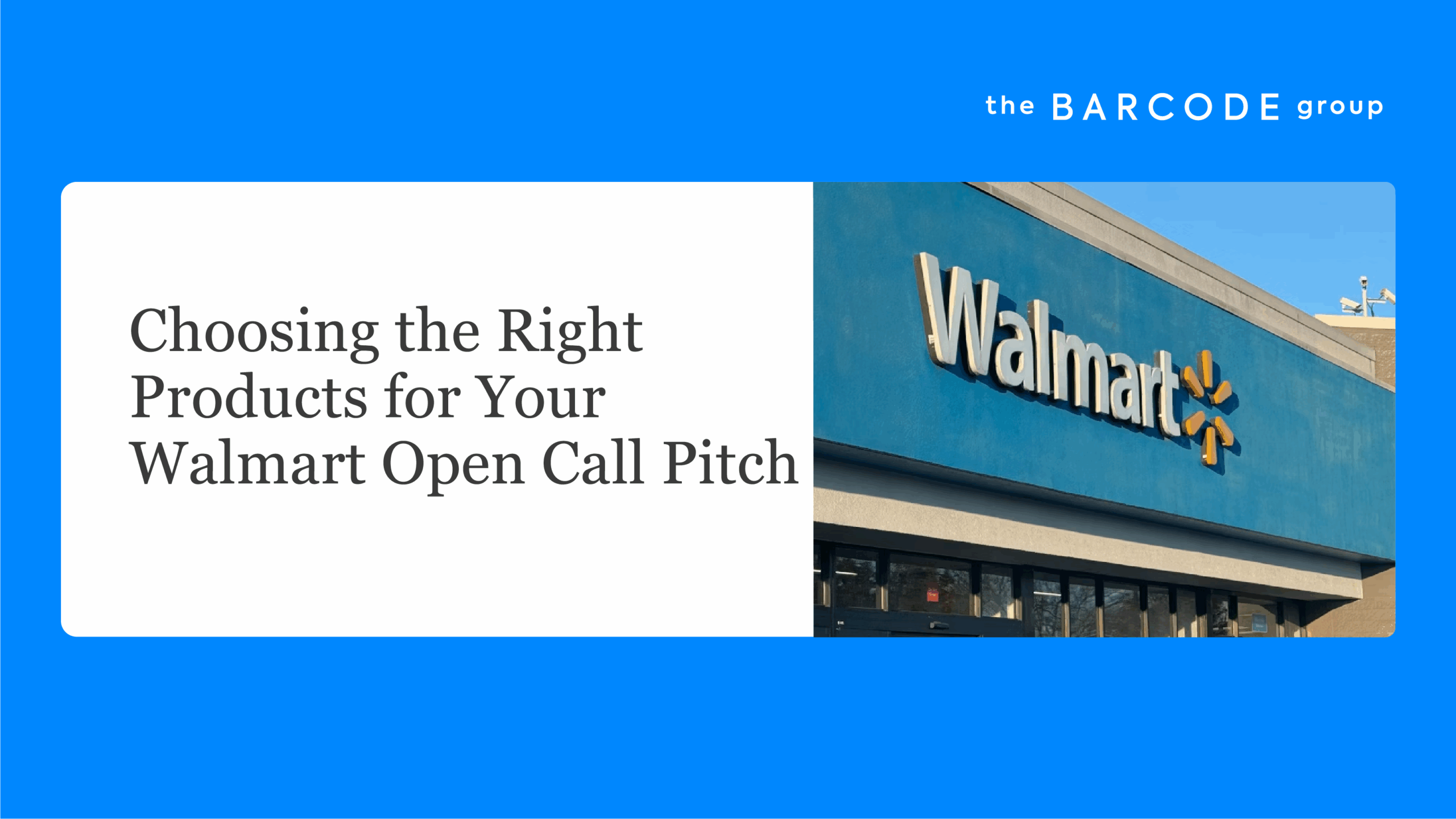Trend, Tradeshow Recaps, Industry Insights and more!

By Bethany Davis, President, Bentonville Team
(from our Walmart retail expert video series)
Walmart’s Open Call is your chance to make a lasting impression, but success depends on preparation. Two topics that trip up many suppliers? Your D&B Supplier Score and how many items to bring to your pitch. Here’s a quick breakdown to help you get both right.
1. Terms and Discounts
Start with clear expectations. This is where many brands underestimate Walmart’s structure.
• Expect long payment terms: Most categories run 90 to120 days.
• Plan for about 4% in total discounts to cover standard fees and allowances:
~2% for payment terms
~1% warehouse fees
~1% spoilage or miscellaneous deductions
• These small percentages add up quickly, so build them into your cost model early.
2. Marketing Dollars
Unlike some retailers, Walmart doesn’t charge slotting fees. They want your everyday low price (EDLP), not promotions or BOGOs. But you will need to plan for marketing support that drives visibility and sell-through:
• Invest in Walmart Connect ads.
This is how your product gets noticed online and through pickup/delivery channels.
• Budget for in-store labor.
-On average, assume 60% of stores will set correctly and 40% may not.
-It can cost $15–$35 per store to make sure your product hits the shelf on time. This is a critical step in early sales performance.
3. The “Miscellaneous” But Mighty Details
These operational details can make or break your pitch, and your margins:
• Case Packs (Pack Half Policy):
Walmart often wants smaller case packs so that one full case and half of another can fit on a single shelf.
-This can increase your per-unit packaging cost slightly, but it’s worth it for compliance and ease of replenishment.
• Volume Assumptions: Don’t assume huge orders just because it’s Walmart.
-Base your pricing on realistic annual quantities (e.g., 10,000 or 20,000 units).
-Be transparent in your pitch about which volume your price is built on.
• Shipping: For Open Call, use a “collect” price. Assume Walmart will pick up the product and cover shipping costs.
-Work with your 3PL to understand small-lot or non-pallet shipping costs.
-Avoid quoting full-pallet or LTL rates; early orders will likely be smaller and less frequent.
Getting your pricing right isn’t just about math, it’s about showing Walmart you understand how to do business at scale. These adjustments help your margins stay healthy while making your brand more attractive to buyers.
Need help reviewing your pricing or preparing your Walmart Open Call pitch? Contact us. Your secret weapon team is here to help you get your products on Walmart shelves and online.

We’re constantly gaining industry knowledge: from tips and tricks to back end data, we got crazy amounts of knowledge ready to share with you.
Get access